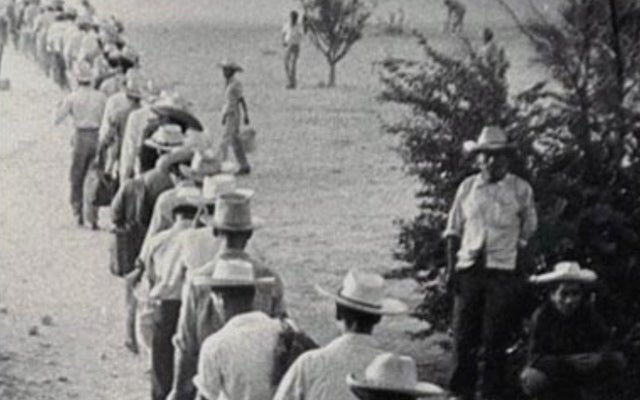
thank you for visiting the labor history resource project as we build this resource!

Our collections are being digitized and made available through our website, OCLC WorldCat, Internet Archive, Digital Commonwealth, and the Digital Public Library of America (DPLA).
A gallery of photos to explore.
Many were home from war and wanted more than ever to live a long full life. Others had worked long days and nights during the war to feed the troops overseas as well as Americans on the home front. Some had migrated to the cities from farms and small towns looking for work.
This site explores the controversial history of the Communist Party in the Pacific Northwest from 1919 to the present. The project is sponsored by the Harry Bridges Center for Labor Studies at the University of Washington and is one of the Pacific Northwest Labor and…
The Lowell mill girls were young female workers who came to work in industrial corporations in Lowell, Massachusetts, during the Industrial Revolution in the United States.
Women Have Always Worked: Fighting for Equality: 1950–2018.
An exploration from an online edX course.
Created in partnership with Education Development Center, Zoom In features 18 skill-focused, document-rich lessons on social history topics that address every era of U.S. history. These interactive inquiries engage students in reading documents closely, gathering evidence, and writing an argumentative or explanatory essay. Each lesson…
Voices from the Dust Bowl: The Charles L. Todd and Robert Sonkin Migrant Worker Collection is an online presentation of selections from a multi-format ethnographic field collection documenting the everyday life of residents of Farm Security Administration (FSA) migrant work camps in central California in…